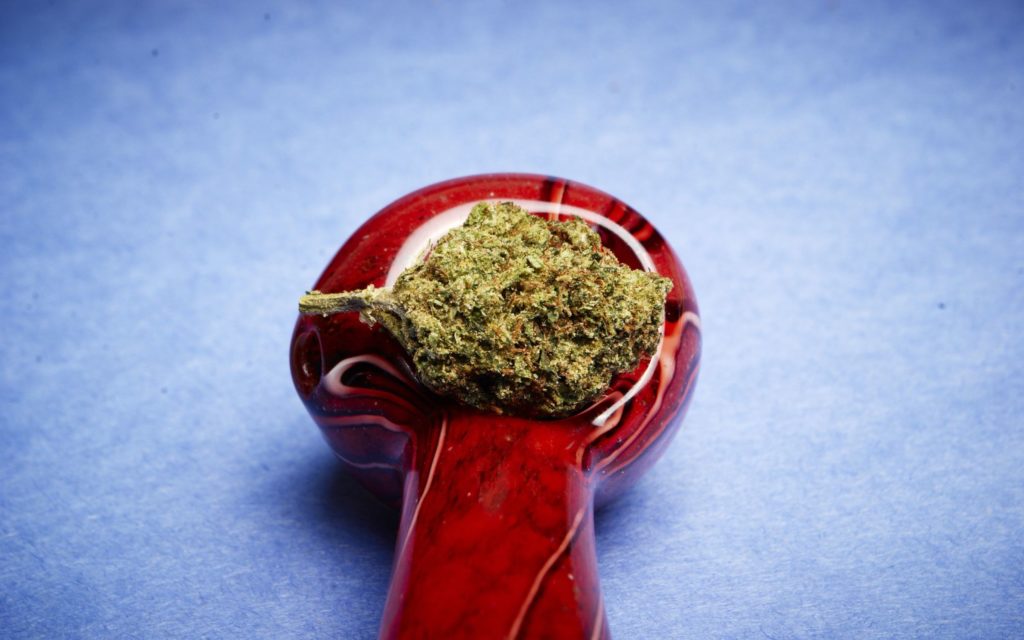The recreational cannabis industry in Oregon is in its “weakest” economic position since the legal market launched in 2016, according to a new report released by state regulators.
The report, released last week by the Oregon Liquor & Cannabis Commission, detailed that, after a “banner sales year” in 2020, cannabis producers in the state “entered 2021 exuberant and optimistic about the future of the market – and made their planting decisions accordingly.”
“However, the fading of demand as 2021 progressed, exacerbated by a record outdoor harvest in October 2021, set off a slide in prices that put the entirety of the supply chain under pressure in 2022,” the report said. “The overabundance of supply throughout 2021 and 2022 resulted in historically low wholesale and retail prices for both usable marijuana and concentrate/extract products. The declining prices, in combination with a tempering in the growth of quantities purchased, resulted in the first-ever decrease in annual sales (from $1.2 billion in 2021 to $994 million in 2022).”
That combination of overabundant supply and fading demand, the commission said in the report, has left the Oregon recreational cannabis market in perhaps its most precarious state since it opened for business about seven years ago.
“Previous market cycles have been buoyed by large annual increases in consumer demand, and Oregon’s recreational marijuana market has successfully transitioned most in-state consumers to the legal market. However, the Oregon recreational marijuana market is in arguably the weakest economic position it has been in since the inception of the program in 2016 due to a decrease in the growth of demand in Oregon, a production cycle that responds to market signals on a lag, and increasing stockpiles of inventory,” the report said.
The post-pandemic sales dip has become a troublesome trend for Oregon’s cannabis producers.
Last fall, the state’s Liquor & Cannabis Commission sounded the alarm on year-over-year sales numbers in Oregon, noting that sales in October 2022 declined by about $15 million from October 2021.
In the commission’s latest report released last week, the regulators “[m]arket dynamics on the demand side also point to a turbulent 2023.”
“Overall, consumer demand since 2021 has been at a lower rate than prior years, and there has been a notable shift down in the demand trend line. Moreover, the distribution of demand is shifting away from usable marijuana – both as an intermediate and final product. In previous years, OLCC Processors have proven to be a ‘safety net’ for Producers by purchasing large amounts of usable marijuana and giving Producers an additional outlet for their product,” the report said. “However, just like usable marijuana inventory, stocks of concentrate and extract products are at all-time highs and Processors are less likely than in the past to turn to Producers for new inventory. This also comes at a time when consumers are shifting towards other product types (particularly edibles) and away from usable marijuana. These factors all point in the same direction: fewer outlets for usable marijuana, and lower prices for licensees.”
The commission said that, although the state’s recreational cannabis market “has proven resilient…two fundamental facts remain unchanged” until the federal government takes action and reschedules pot: “in-state supply is boundless, while in-state demand can only grow so much,” according to the report.
“Oregon’s extremely competitive marketplace features low prices for consumers that have positioned the state’s legal market to compete successfully with the illicit market. The corollary, however, is that these low consumer prices force businesses to operate under low margins and extreme pressure. The narrowness of those margins, and the ability for Oregon cannabis businesses to operate under them, remains to be seen as we enter 2023,” the report said.
H/T: hightimes.com



